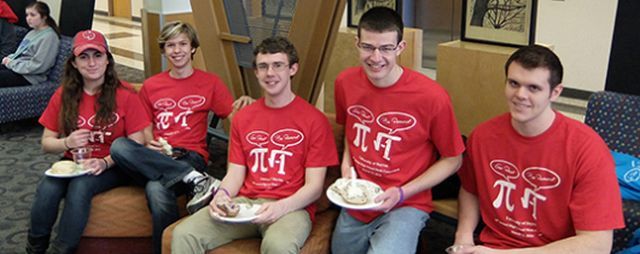Document Type
Article
Publication Date
2016
Publication Source
SIAM Review
Abstract
Organisms and ecological groups accumulate evidence to make decisions. Classic experiments and theoretical studies have explored this process when the correct choice is fixed during each trial. However, we live in a constantly changing world. What effect does such impermanence have on classical results about decision making? To address this question we use sequential analysis to derive a tractable model of evidence accumulation when the correct option changes in time. Our analysis shows that ideal observers discount prior evidence at a rate determined by the volatility of the environment, and the dynamics of evidence accumulation is governed by the information gained over an average environmental epoch. A plausible neural implementation of an optimal observer in a changing environment shows that, in contrast to previous models, neural populations representing alternate choices are coupled through excitation. Our work builds a bridge between statistical decision making in volatile environments and stochastic nonlinear dynamics.
Inclusive pages
264–289
ISBN/ISSN
0036-1445
Document Version
Postprint
Copyright
Copyright © 2016, Society for Industrial and Applied Mathematics
Publisher
Society for Industrial and Applied Mathematics
Volume
58
Issue
2
Peer Reviewed
yes
eCommons Citation
Veliz-Cuba, Alan; Kilpatrick, Zachary P.; and Josić, Krešimir, "Stochastic Models of Evidence Accumulation in Changing Environments" (2016). Mathematics Faculty Publications. 81.
https://ecommons.udayton.edu/mth_fac_pub/81
Included in
Applied Mathematics Commons, Environmental Sciences Commons, Mathematics Commons, Statistics and Probability Commons




Comments
This document has been made available for download in accordance with the publisher's policy on self-archiving.
Permission documentation on file.